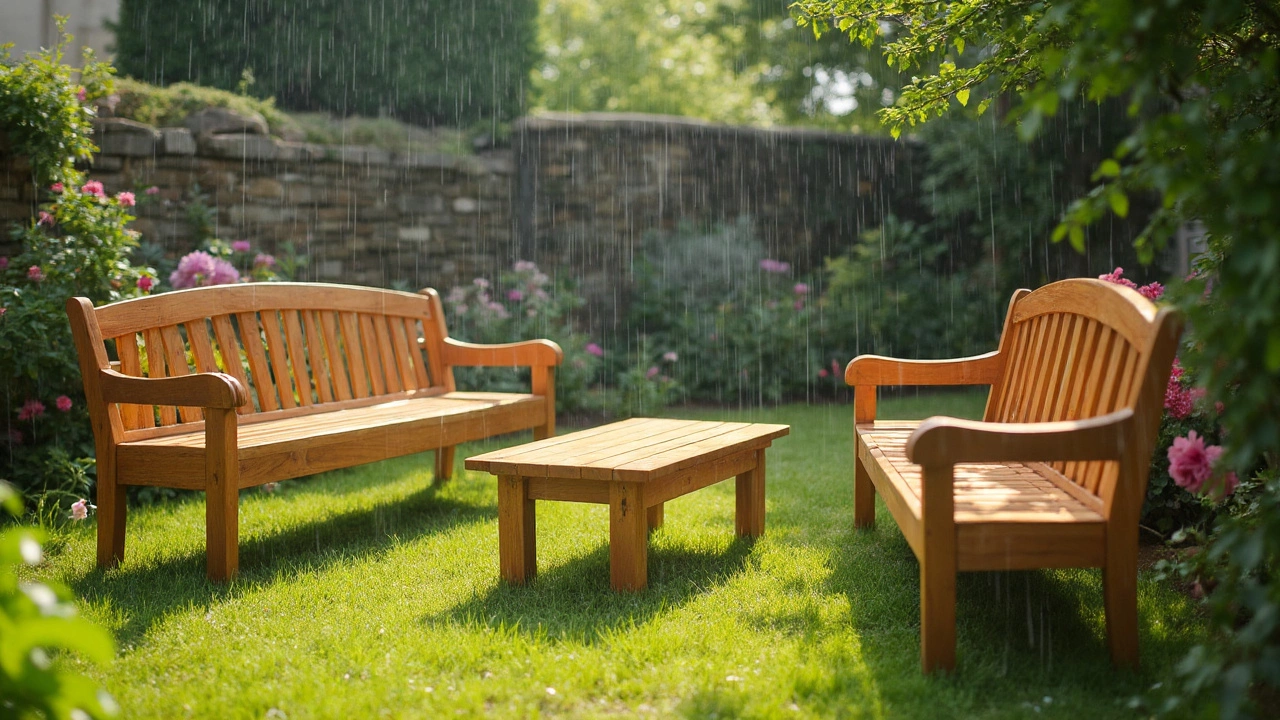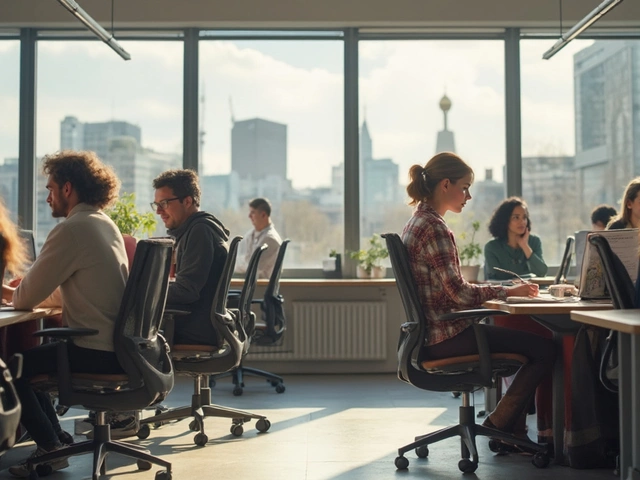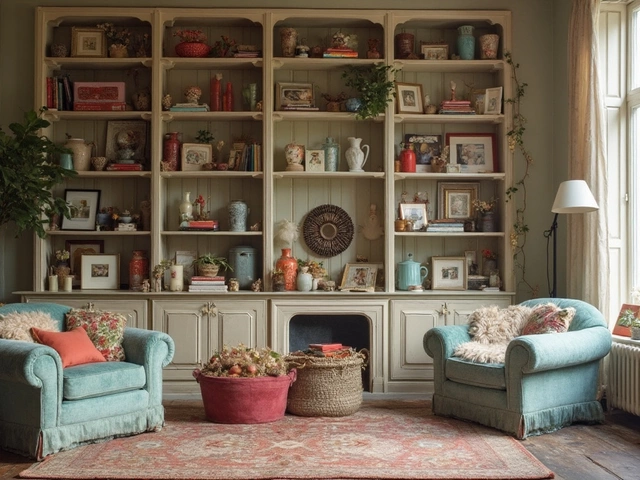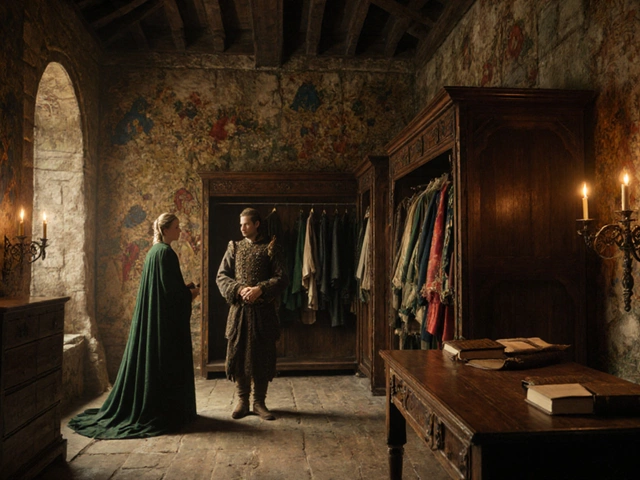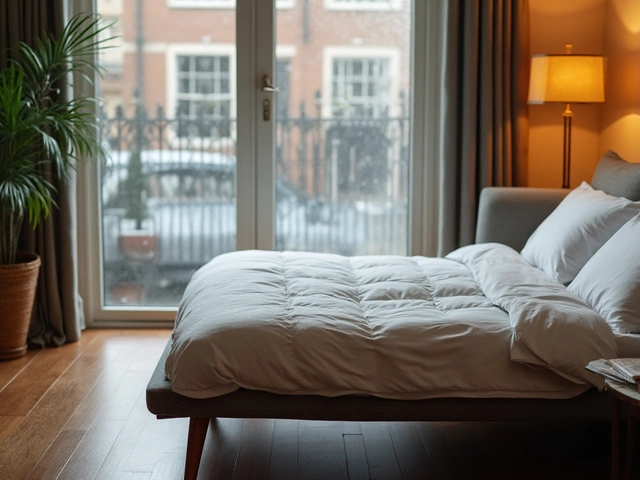Outdoor Wood Furniture for Schools – What You Need to Know
If you’ve ever watched kids playing outside, you know the right bench or table can make a big difference. Wood feels warm, looks natural, and can stand up to the weather when you pick the right type. Below you’ll get the basics on choosing, caring for, and using outdoor wood furniture in a school setting.
Why Wood Beats Plastic in Outdoor Learning Spaces
First off, wood isn’t just pretty – it’s sturdy. Hardwoods like teak, cedar, and willow have natural oils that resist rot, so they last longer than cheap plastic. Kids also respond better to natural textures; they’re more likely to sit still and focus when the surface feels solid under their elbows.
Another plus is sustainability. Most school budgets now consider the environment, and responsibly sourced timber ticks that box. When you buy FSC‑certified wood, you know the trees were harvested without harming forests.
Choosing the Right Wood for Your Outdoor Area
Not all wood is created equal. Here’s a quick cheat‑sheet:
- Teak: Super durable, natural oil keeps it from cracking. Best for high‑traffic benches.
- Cedar: Light weight, resists insects. Ideal for portable tables.
- Accoya (treated softwood): Looks like hardwood but costs less. Great for classroom desks.
Match the wood to the activity. Heavy benches need the toughest grain, while lightweight tables work for pop‑up art stations.
Simple Maintenance to Keep Wood Looking Fresh
Wood doesn’t need a lot of fuss – just a few habits:
- Apply a UV‑blocking sealant once a year. It slows fading and prevents cracks.
- Scrub off dirt with a mild soap and a soft brush. Avoid pressure washers; they can force water into joints.
- Check screws and bolts every season. Tighten or replace any that feel loose.
Even if a board gets a scratch, a quick sand and re‑seal will make it look brand new.
By planning ahead and doing these quick checks, you’ll avoid costly replacements and keep the playground safe.
Design Ideas That Turn Outdoor Spaces into Learning Zones
Think beyond plain benches. Adding a few simple touches can turn a simple yard into an extension of the classroom:
- Install built‑in chalkboards on table edges for impromptu math lessons.
- Use bench backs as low shelves for books or science kits.
- Choose rounded edges on tables to prevent injuries during active play.
These tweaks cost little but give teachers extra tools to engage students outside.
In short, outdoor wood furniture blends durability, safety, and a natural feel that kids love. Pick the right species, seal it annually, and add a few smart design features – and you’ll have a flexible, long‑lasting space that supports learning all year round.
